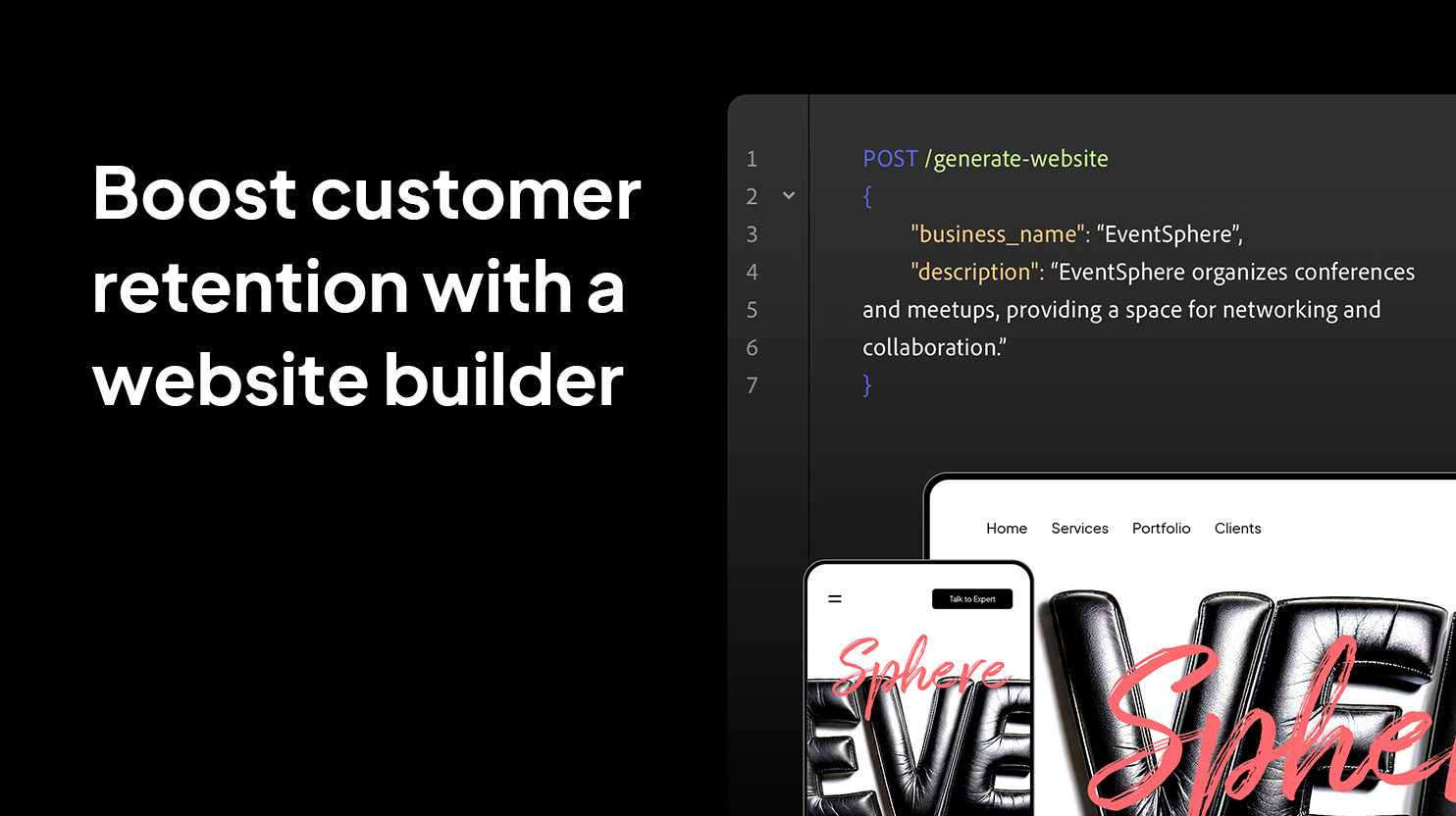The multi-cloud environment can enhance business agility and optimize expenses on data storage. At the same time, it brings security challenges. How do you mitigate the risks?
A Growing Trend
A multi-cloud architecture is a new trend. A report by Flexera, which specializes in IT management software,
A multi-cloud architecture refers to leveraging cloud solutions from several providers. In a multi-cloud environment, enterprises have more control over where and how their data is stored and used, as they can distribute it across multiple providers depending on business purposes and other criteria.
It also prevents vendor lock-in which limits flexibility and ties a business to one company’s pricing and technology roadmap. If one service fails or increases prices, another cloud platform can seamlessly take over to ensure business continuity. Furthermore, using a multi-cloud architecture is, on average, 33.6%
New Risks
Another advantage of multi-cloud architectures: they offer increased risk resilience. After all, they spread corporate data across multiple platforms. Think of this: when you put all your money in one bank account, you are more vulnerable compared to a situation when you put them in several accounts in different banks.
However, there is a paradoxical situation: the broader network perimeter introduces more points of vulnerability. For instance, data leaks are common in multi-cloud as managing security across multiple platforms introduces complexity and increases the likelihood of misconfigurations, or errors in the setup of cloud services. Over 80% of breaches in the US
In the
DDoS attacks, which reach new heights in size and complexity nowadays, can also target multiсloud. With several platforms in place, it is hard to implement uniform protection strategies, as in the single cloud. Moreover, monitoring traffic across them for signs of a DDoS attack requires more advanced integrated tools and expertise than usual.
Defense Strategies for Multi-Cloud Security
To mitigate risks, organizations need a security strategy tailored to the unique challenges of their architecture. Below is a general approach:
Develop a security policy. Start by cataloging all data and applications hosted across various cloud services. Assess their importance to your business by focusing on factors such as data sensitivity, regulatory requirements, and business impact. The next step would require identifying potential attack vectors. These will help you prioritize the protection of critical assets and handle different types of data appropriately to comply with relevant regulations like the General Data Protection Regulation (GDPR).
Next, develop an incident response plan. This document should outline procedures for detecting, responding to, and recovering from security incidents such as DDoS or data breaches. Clearly define roles and responsibilities, establish communication protocols, and coordinate with cloud providers. Test and update the plan to ensure its effectiveness twice a year.
You can conduct simulated scenarios where key stakeholders discuss and walk through the steps of the plan, or perform actual tests of the recovery procedures to verify that systems can be restored.
Implement robust identity and access management (IAM). Define clear policies on who can see and use data and under what circumstances. Grant users the minimum access necessary to perform their tasks, add an extra layer of security in the form of Multi-Factor Authentication, and don’t forget to review and update permissions regularly. Cloud Infrastructure Entitlement Manage (CIEM) solutions can be useful to automate the process of managing user privileges in cloud environments.
Encrypt data across all stages. Secure stored data and data in transit with strong encryption methods. You can use a symmetric approach, where the same key is used for both encryption and decryption, as well as an asymmetric one, which involves a pair of keys (one public and one private). No matter what you choose, store keys separately from the information. This minimizes the risk of unauthorized access to both the data and the keys.
Standardize and automate security configurations. This approach will allow you to automatically apply desired security settings to all cloud resources. You can use tools like Terraform for this task. At the same time, Cloud Security Posture Management (CSPM) systems will help you detect and remediate misconfigurations.
Try to make security centrally visible. It means getting a unified view of security events, configurations, and compliance across all cloud platforms. Such a holistic view enables security teams to identify threats more efficiently. You can implement a centralized dashboard or console that aggregates security telemetry, logs, and events in real time.
For example, Security Information and Event Management (SIEM) systems can aggregate and analyze logs from all cloud services to monitor for suspicious activities. Cloud-Native Application Protection Platforms (CNAPPs) take it one step further, allowing you to gain visibility into all cloud-native applications and enforce consistent security policies. They consolidate a large number of capabilities, including container scanning, runtime cloud workload protection, CIEM, and CSPM.
In addition, keep in mind that protection that works for the cloud from Amazon might not be useful for Google’s products. Therefore, it is essential to always check recommendations for securing specific clouds.
Regularly backup data. Schedule regular automated backups to ensure data is protected across all cloud services. There is no one-size-fits-all approach here. For highly critical data, backups might be scheduled daily or even multiple times per day.
You should also consider how frequently the data within your environment changes and the so-called
Monitor and respond to emerging threats. The landscape changes fast, with cybercriminals getting more sophisticated. Use threat intelligence feeds and collaborate with industry peers to stay informed about new risks. Continuously update security measures based on lessons learned from incidents and industry best practices.
Use anti-DDoS cloud solutions. They provide an extra layer between your infrastructure and hackers and help to protect businesses from growing DDoS attacks. When a company’s website or other digital assets are under this cloud protection, the IP addresses where the firm stores its data are not visible to malicious actors. This means that they cannot identify the cloud where the IPs are located. Therefore, the risk of successful cyberattacks is significantly lower for those who use anti-DDoS than otherwise. While choosing a solution, make sure that it combines filtering, behavioral analysis, and always-on automatic DDoS protection with guaranteed uptime and no performance impact.
Provide security training. Create dynamic training for your employees. It can include webinars or lectures by industry leaders and hands-on exercises, such as gamified simulations. For instance, your specialists may need to respond to a phishing attack targeting cloud credentials or identify misconfigured security settings. Gamifying these scenarios can involve interactive decision-making, where the team must choose the best course of action.
Tailor these programs to your environment. Remember that cybersecurity education should be an ongoing effort; aim to conduct these sessions at least annually, as cyber threats continue to evolve and your team continues to grow.
And a final word: taking incremental steps towards securing your multi-cloud environment is far better than doing nothing at all. While achieving 100% protection is unlikely, each step enhances your security posture, making it increasingly difficult for cyber threats to succeed.











